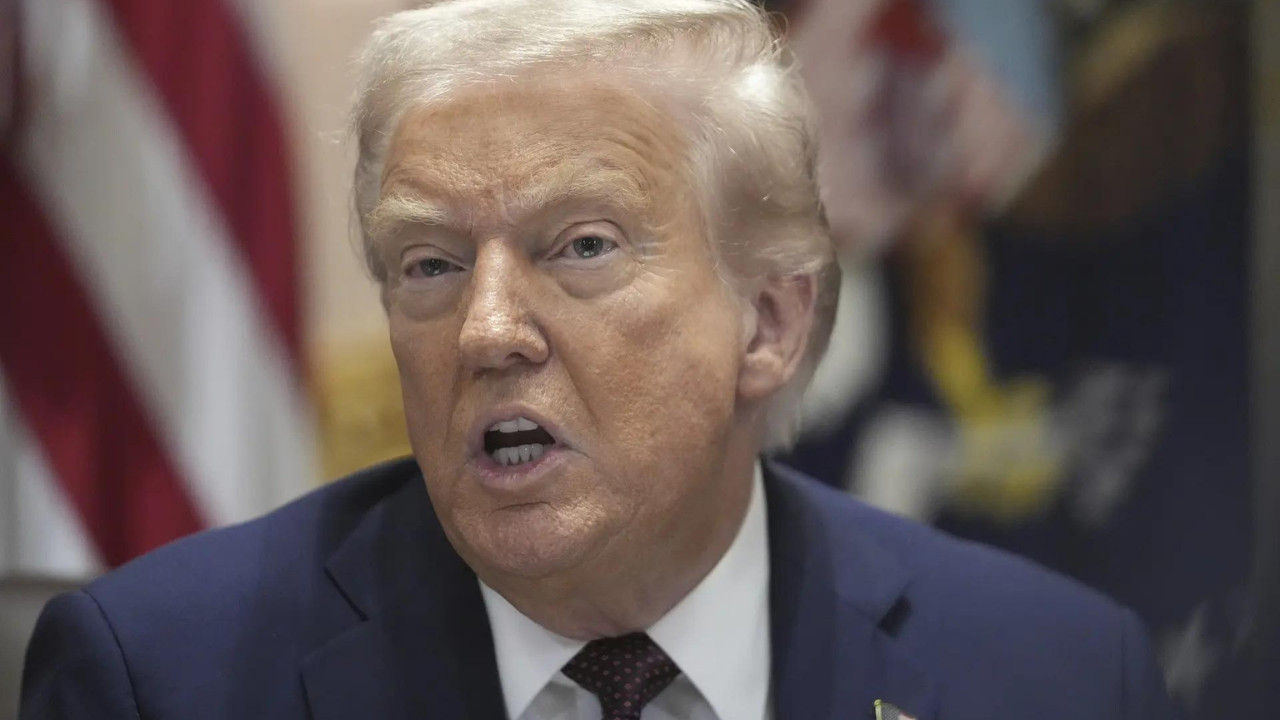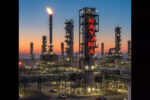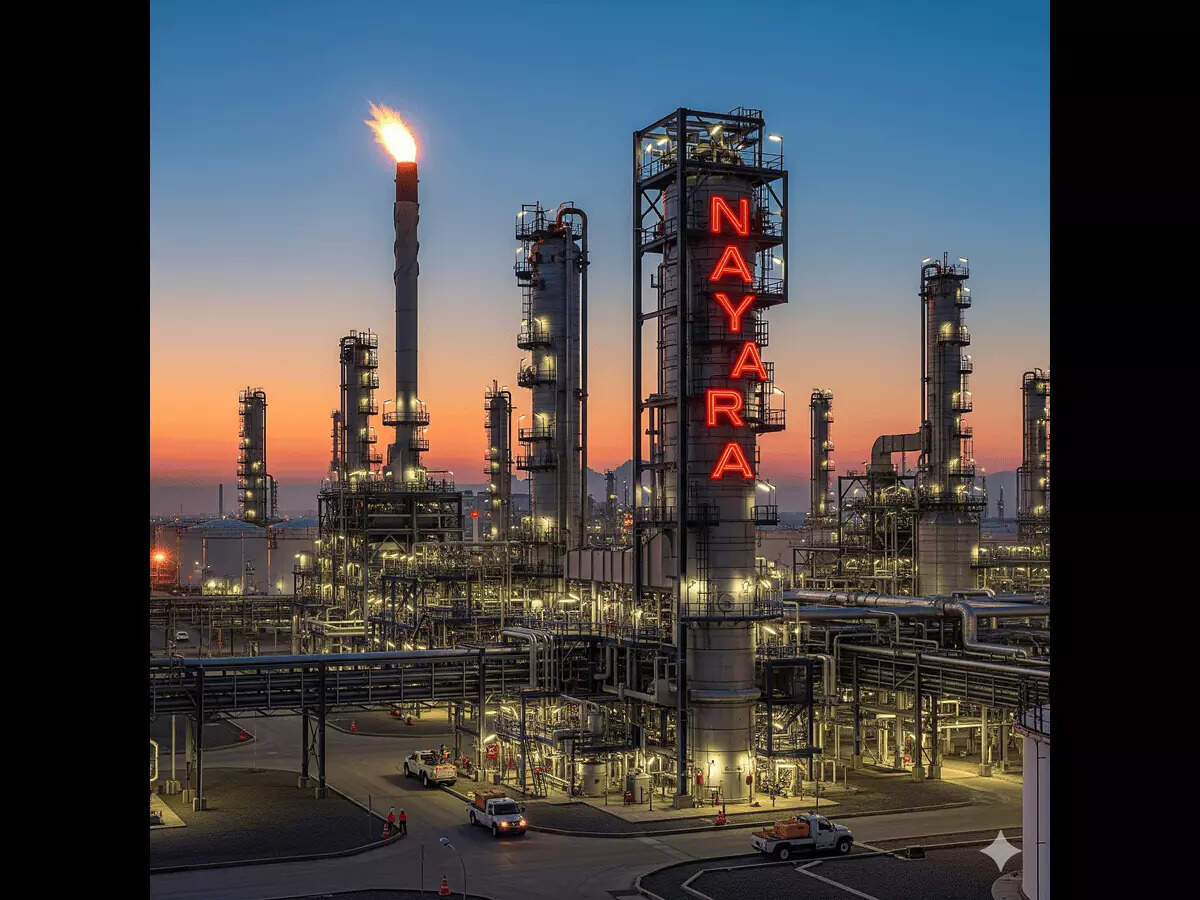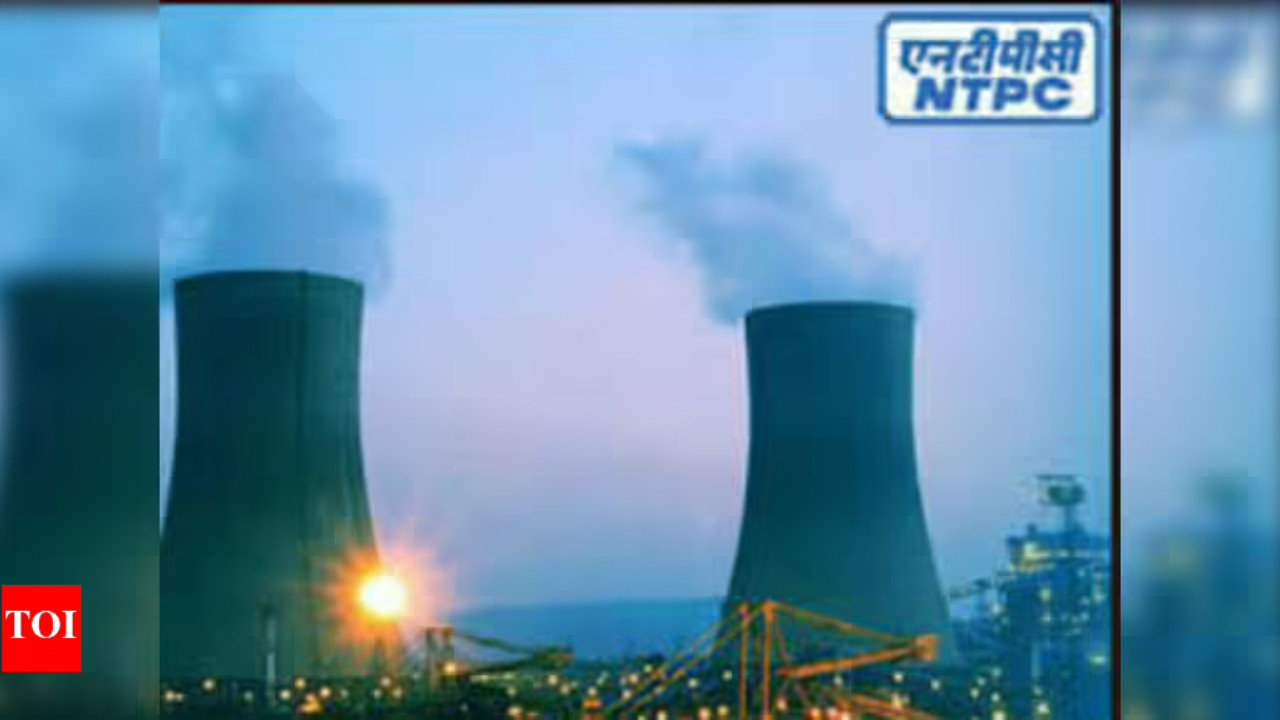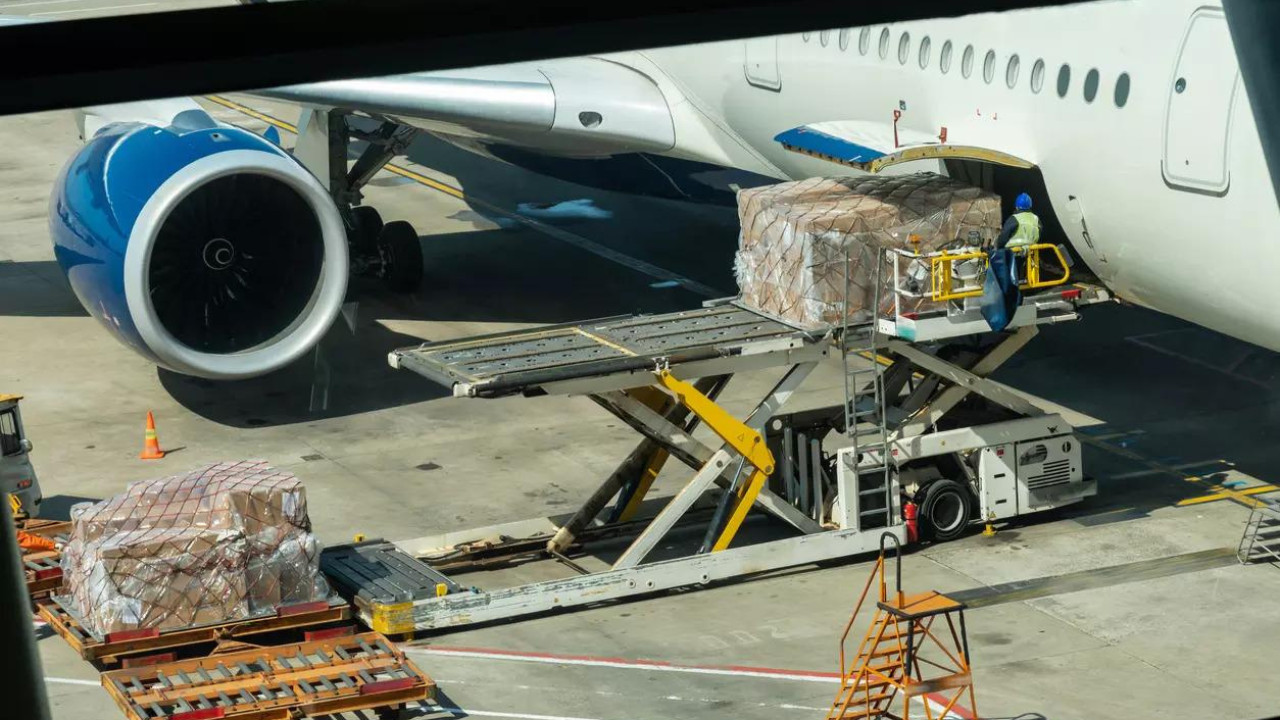President Trump celebrated Labor Day weekend by highlighting nearly $10 trillion in new investments aimed at American workers, touting a “Golden Age of Prosperity.” The administration pointed to corporate pledges from NVIDIA, Apple, IBM, and SoftBank as evidence of economic momentum. These announcements, combined with job creation and workforce programs, are positioned as part of Trump’s broader economic agenda.
America’s Infrastructure Boom: Is a $10 Trillion Investment Really on the Horizon?
Donald Trump is painting a rosy picture of America’s economic future, touting a potential $10 trillion investment wave flowing into the nation. But is this a realistic forecast or just campaign rhetoric? Let’s dig into what’s driving this optimism and what it could mean for American workers and the economy.
Trump’s vision centers on the idea of an “investment boom” fueled by policies he claims put American workers first. The White House has emphasized initiatives aimed at reshoring manufacturing, reducing regulatory burdens, and fostering a business-friendly environment. These actions, they argue, are the key ingredients for unlocking massive private sector investment.
The Promise of American Infrastructure Investment
The potential for this investment surge hinges significantly on infrastructure investment. America’s infrastructure, from its aging roads and bridges to its power grids and water systems, desperately needs an upgrade. Several bipartisan bills have already allocated substantial funding towards these critical projects. The hope is that this initial government investment will act as a catalyst, attracting even more private capital to further modernize and expand the nation’s infrastructure network.
This isn’t just about fixing potholes; it’s about creating a foundation for future economic growth. Improved infrastructure leads to greater efficiency, reduced transportation costs, and enhanced connectivity, all of which can boost productivity and attract businesses.

Where’s the $10 Trillion Coming From?
The $10 trillion figure is undoubtedly eye-catching. While the White House hasn’t explicitly detailed the sources of this projected investment, several factors are likely contributing to the optimistic outlook.
* Reshoring Initiatives: The push to bring manufacturing back to the United States aims to create jobs and stimulate domestic investment in factories, equipment, and technology. Companies are increasingly considering the benefits of producing goods closer to their consumer markets, mitigating supply chain risks, and leveraging potential government incentives.
* Energy Sector Investments: America’s energy sector is undergoing a transformation, with investments pouring into both traditional fossil fuels and renewable energy sources. This includes projects related to oil and gas exploration, as well as the development of wind farms, solar power plants, and battery storage facilities.
* Technology and Innovation: The United States remains a global leader in technology and innovation. Investments in artificial intelligence, biotechnology, and other cutting-edge fields are expected to continue to drive economic growth and create high-paying jobs.
* Public-Private Partnerships: Many infrastructure projects rely on public-private partnerships, where government agencies collaborate with private companies to finance, build, and operate essential facilities. This approach can unlock significant investment by leveraging the expertise and resources of both sectors.
Potential Roadblocks on the Path to Prosperity
While the potential for a $10 trillion investment boom is certainly exciting, it’s crucial to acknowledge potential challenges.
* Inflation and Interest Rates: Persistently high inflation and rising interest rates could dampen investment appetite, making it more expensive for companies to borrow money and undertake large-scale projects.
* Regulatory Hurdles: Despite efforts to streamline regulations, businesses may still face complex permitting processes and environmental regulations that can delay or even derail projects.
* Skilled Labor Shortages: America faces a shortage of skilled workers in key sectors, such as construction, manufacturing, and technology. Addressing this skills gap will be essential to ensure that the country can effectively absorb and utilize the influx of investment.
* Political Uncertainty: Changes in government policies or priorities could also impact investment decisions. Businesses often prefer a stable and predictable regulatory environment to encourage long-term investments. For related context, check out this piece on [how shifting government priorities impact American industry](internal-link-to-related-article).
The Bottom Line: A Cautious Optimism
The prospect of a $10 trillion investment in America is undoubtedly a compelling narrative. While the potential benefits for workers and the economy are significant, it’s essential to approach these projections with a degree of realism. Overcoming the potential roadblocks will be crucial to translating this vision into tangible results. Whether this ambitious goal is reached, or if it falls short, the focus on American infrastructure and worker-centric economic policies suggests a renewed commitment to strengthening the nation’s foundation for future prosperity.
